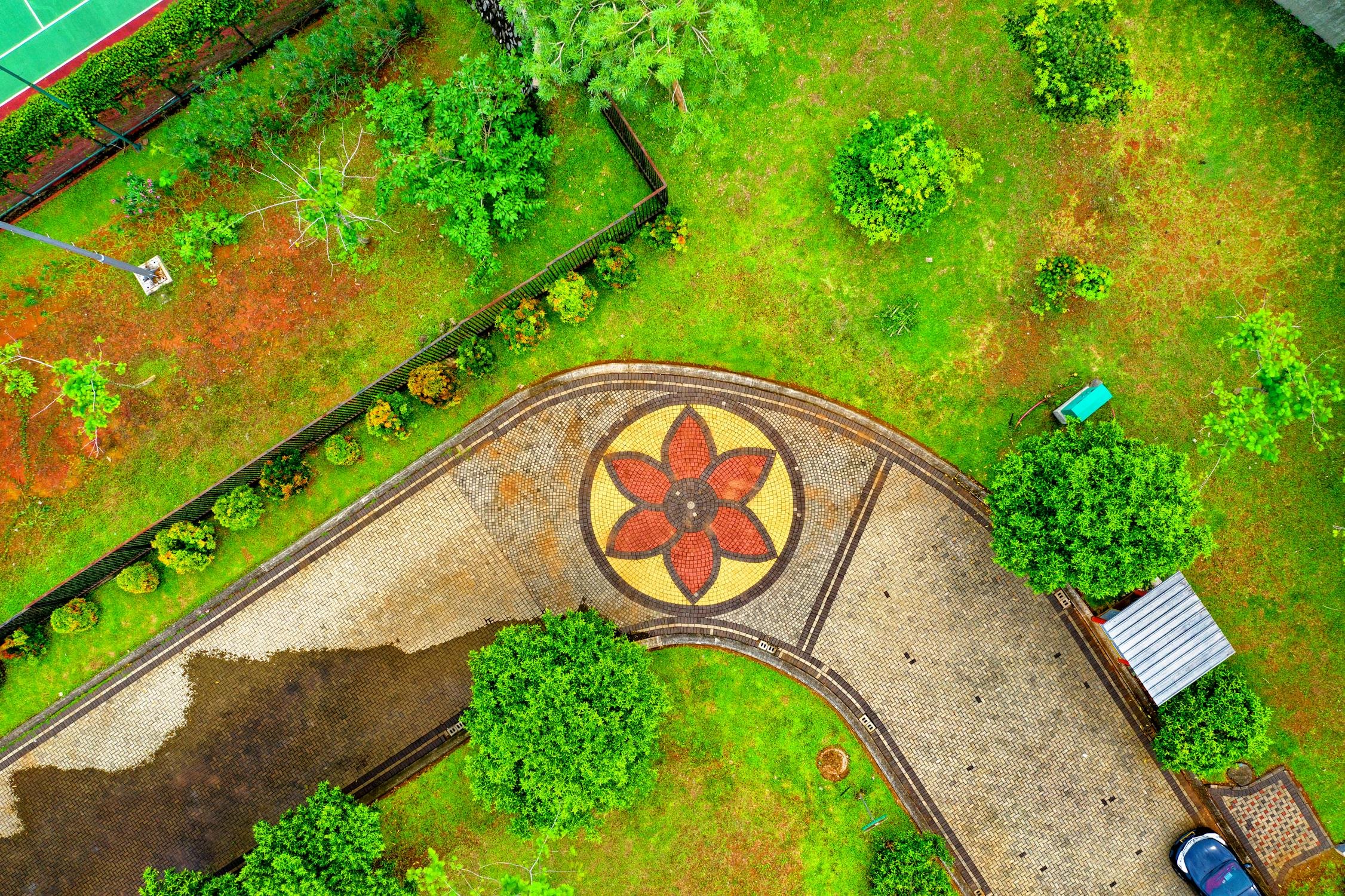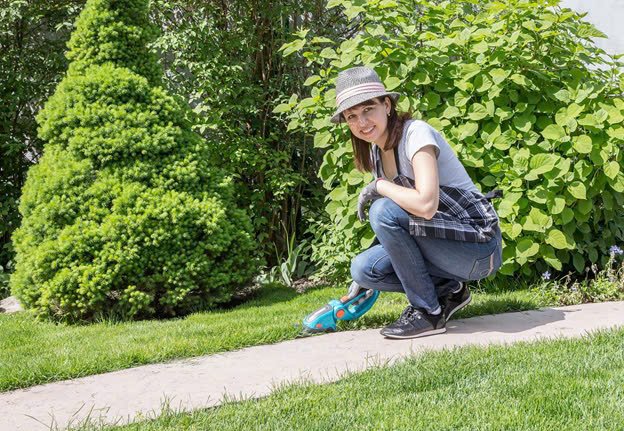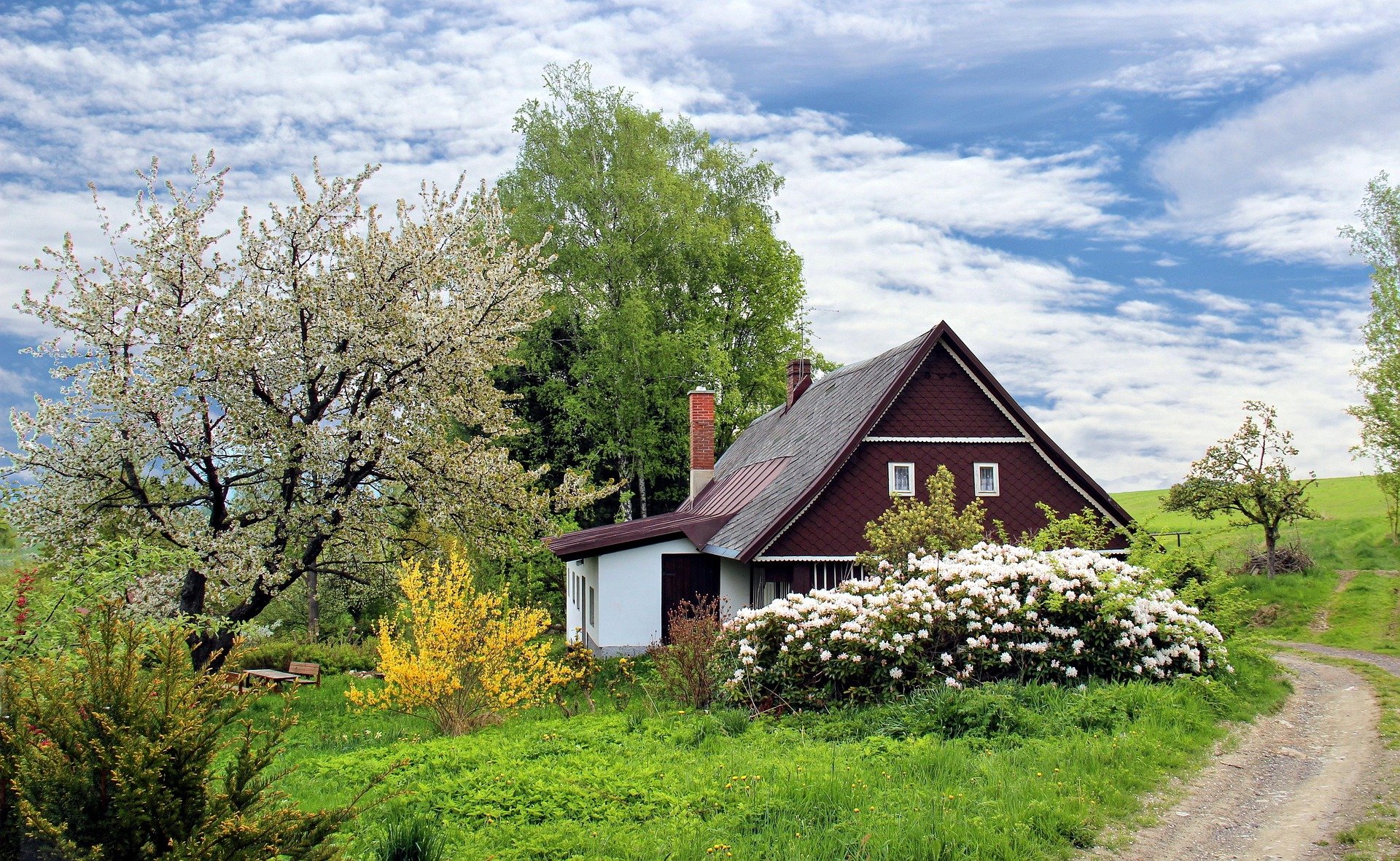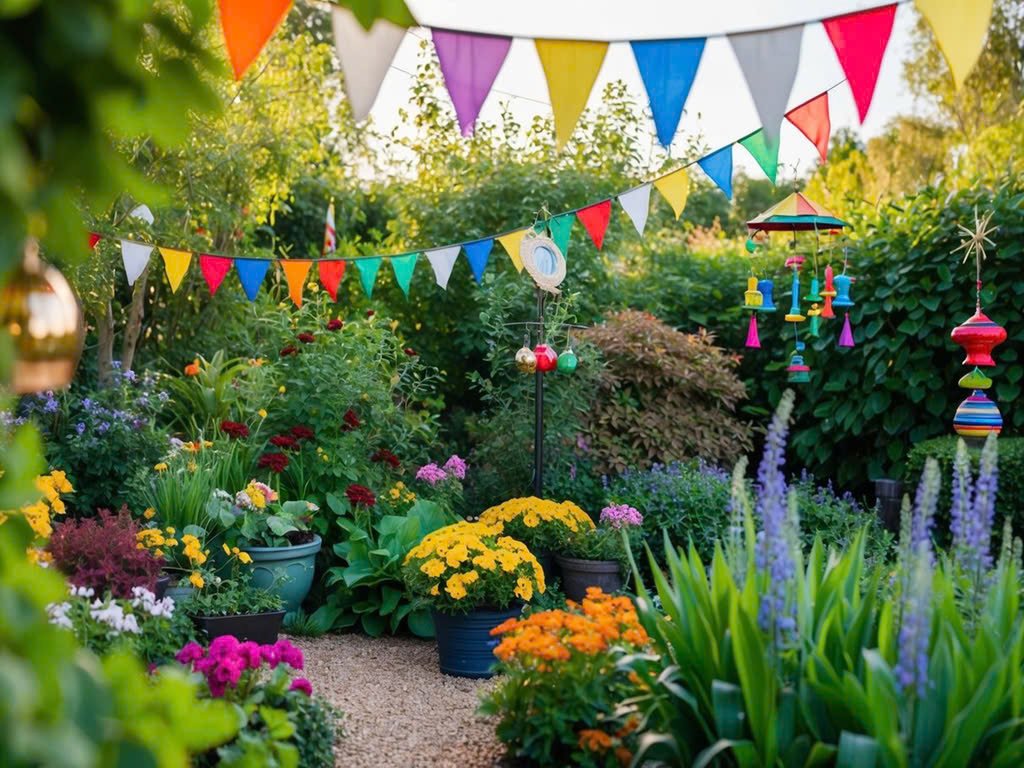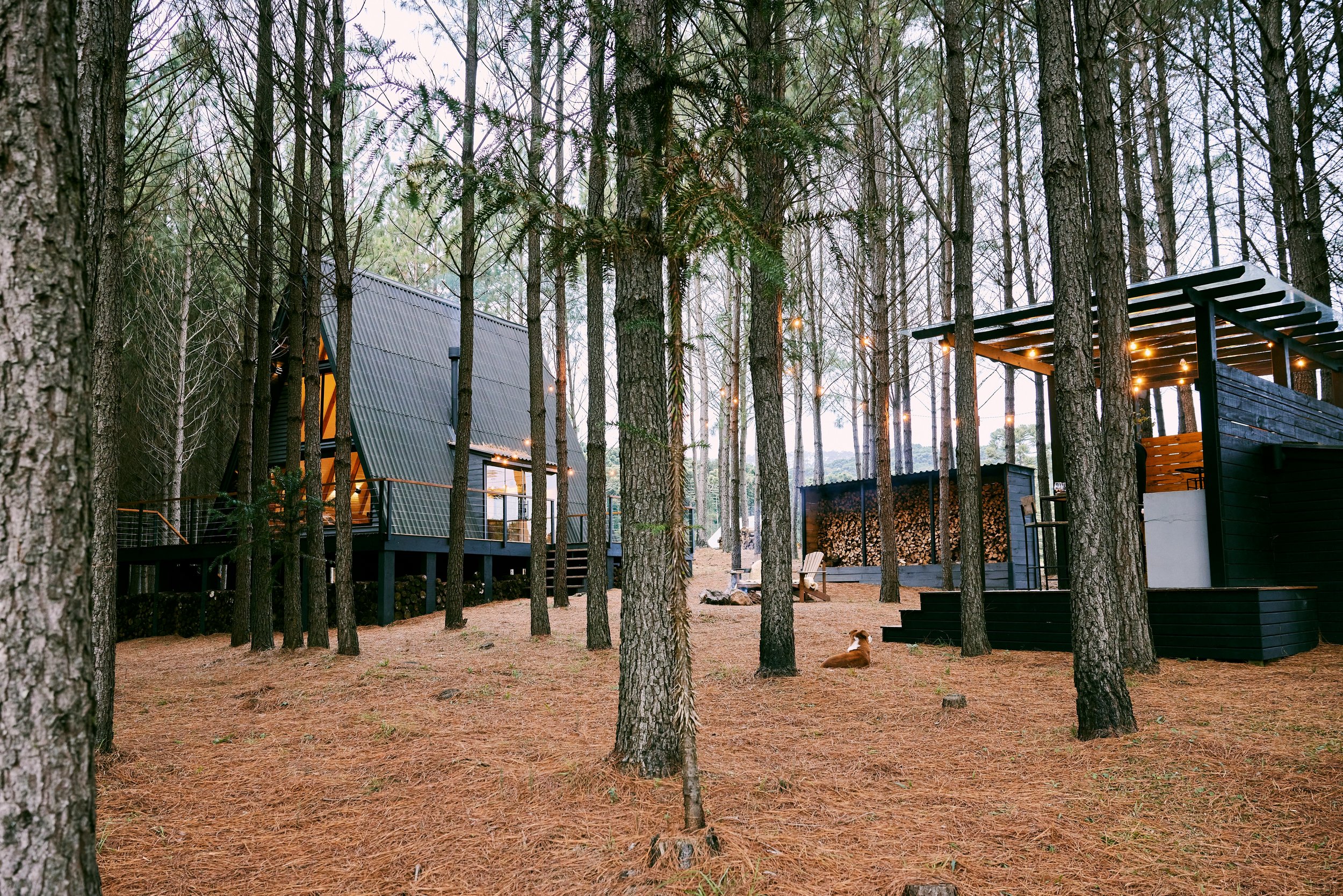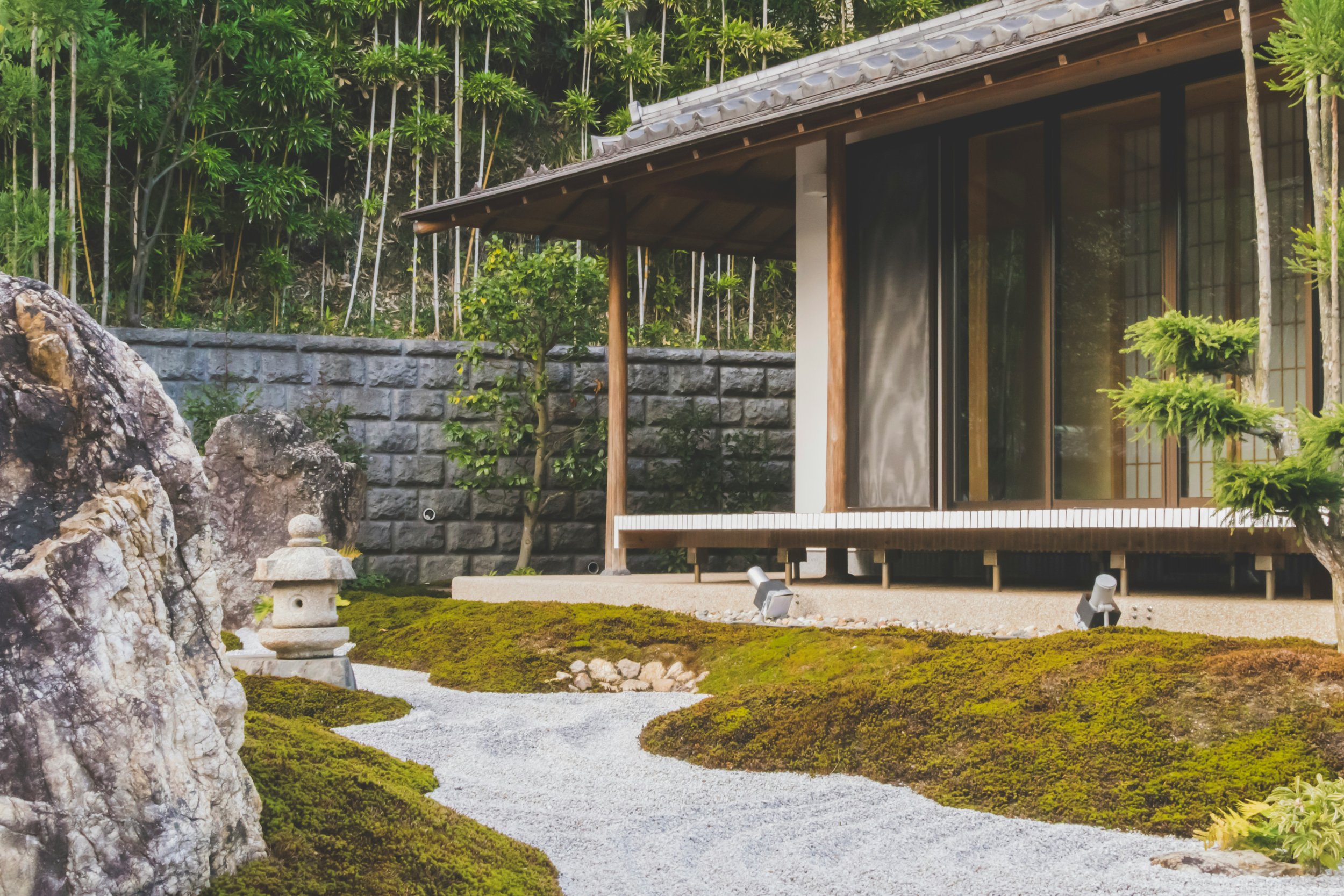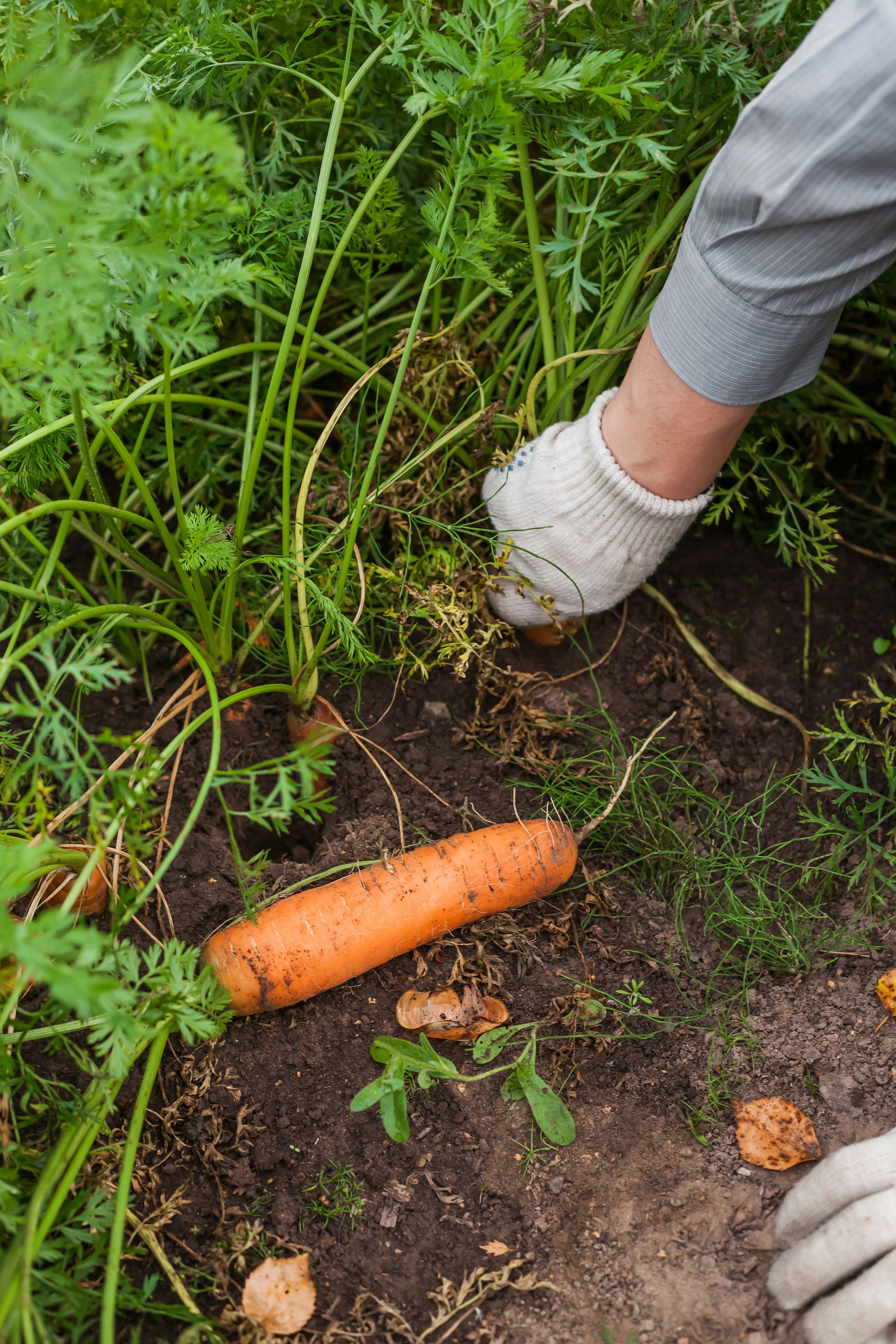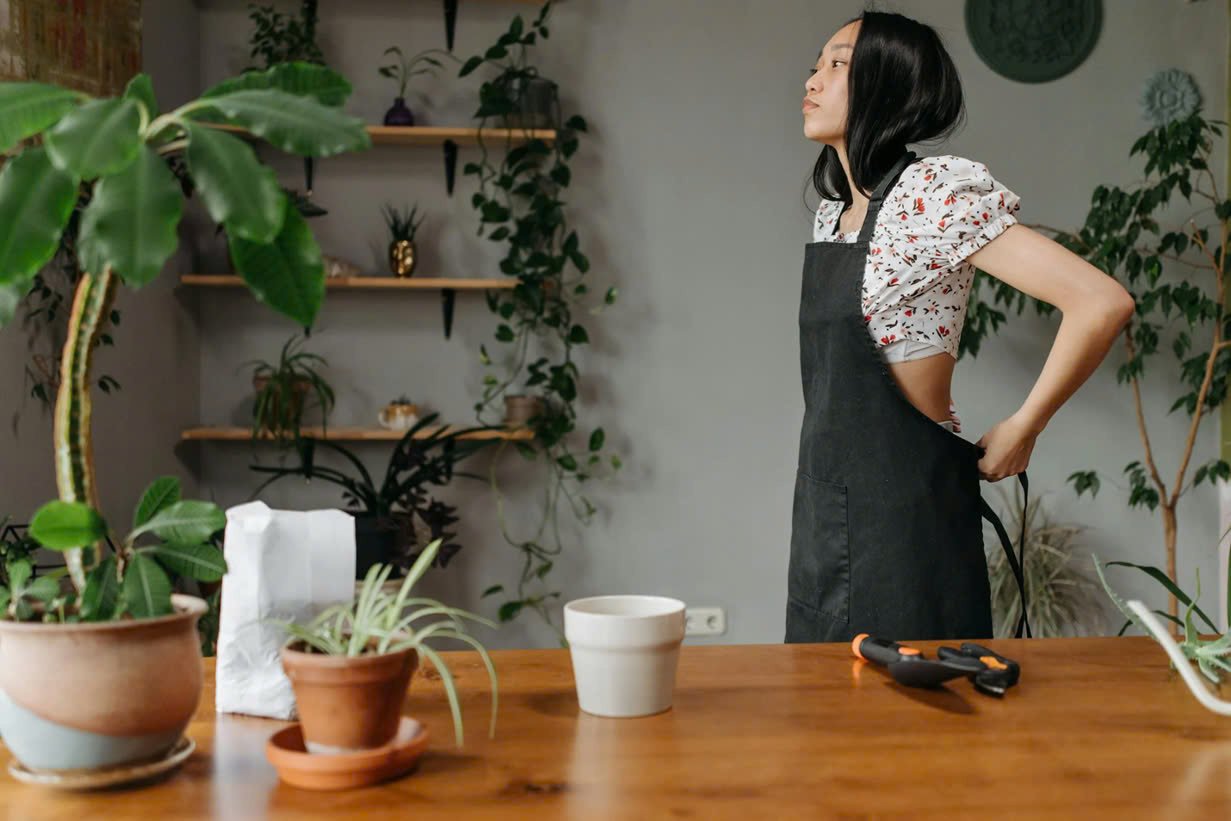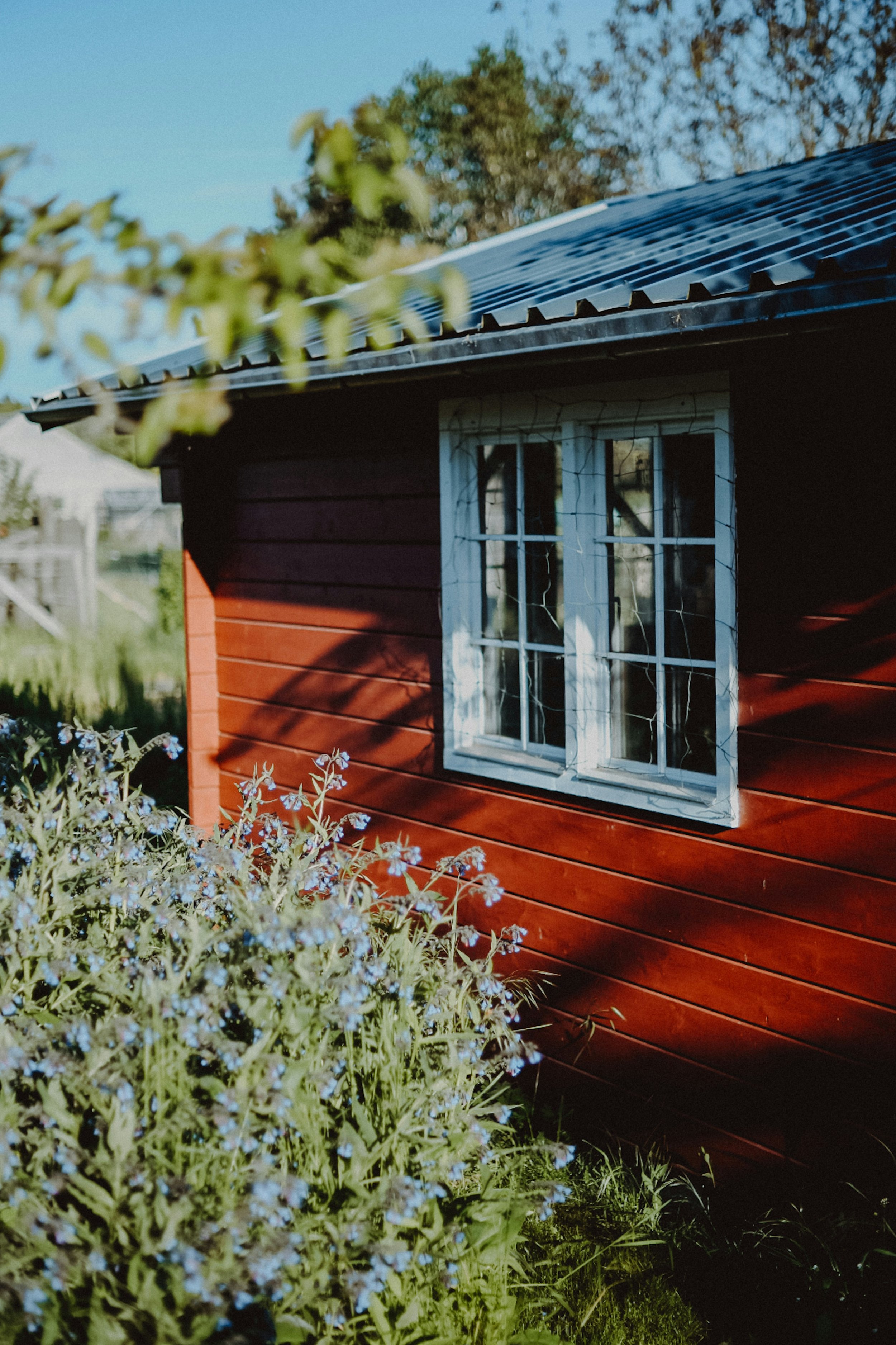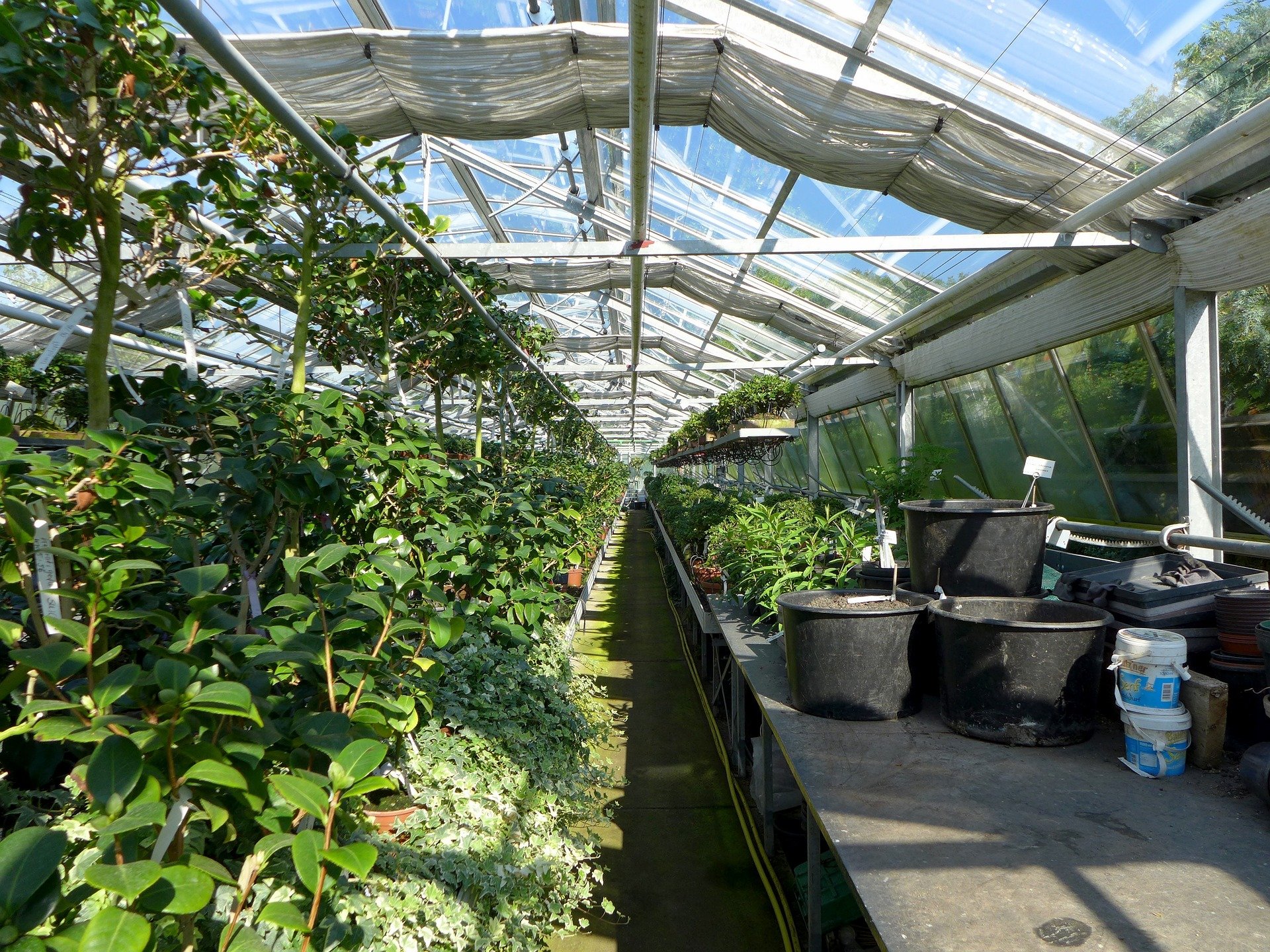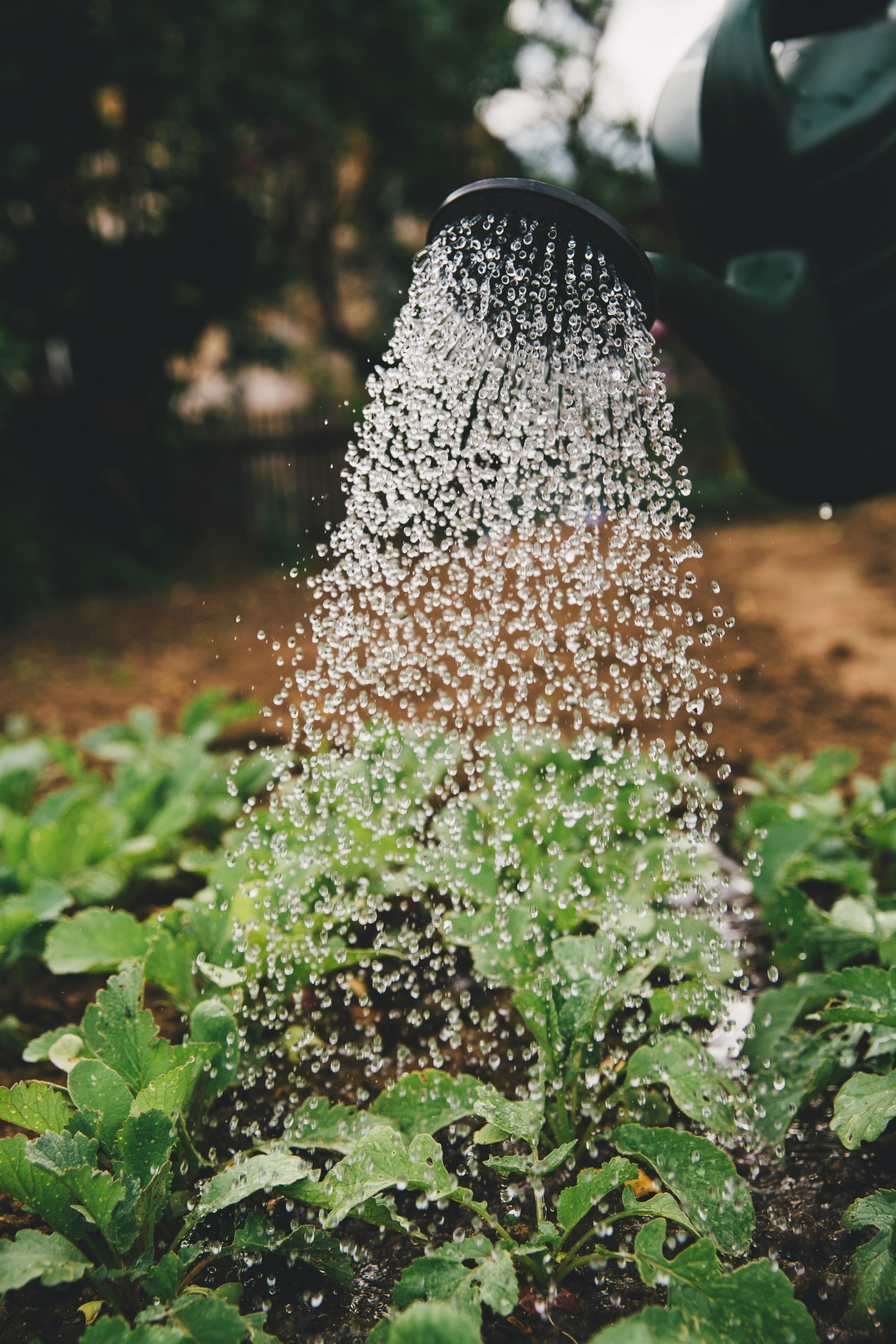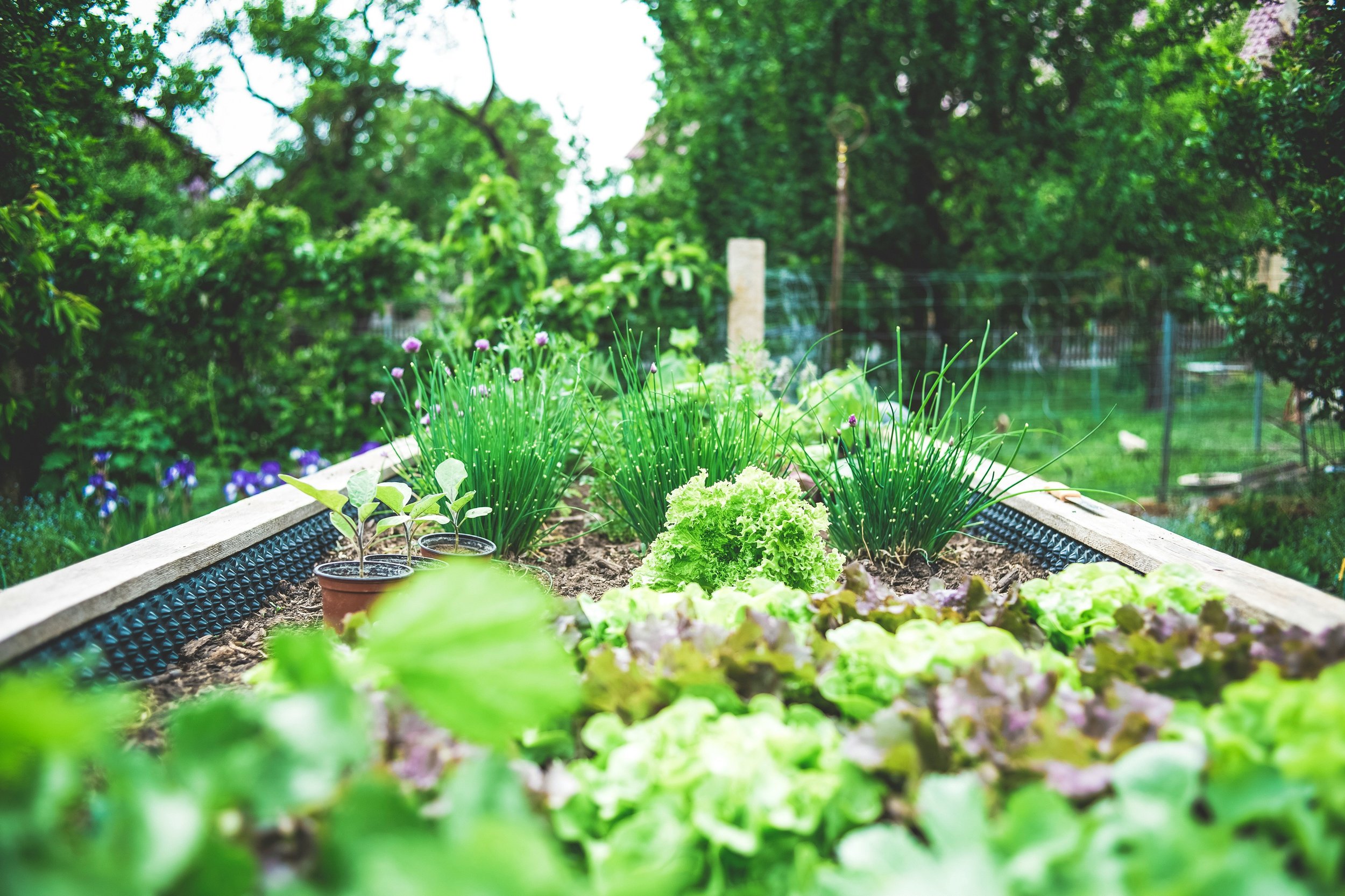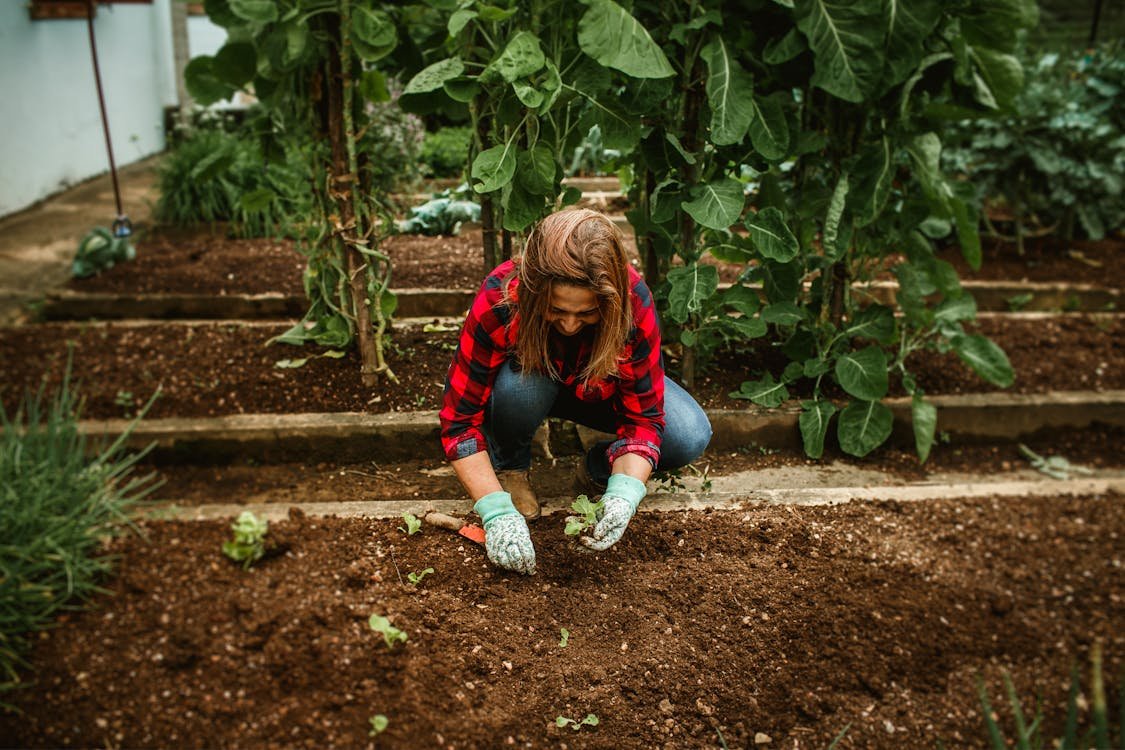Mastering the Art of Gardening in Hot Weather - 8 Valuable Suggestions
Learn 8 valuable suggestions for mastering gardening in hot weather. From proper watering techniques to selecting heat-tolerant plants, discover how to keep your garden thriving even in scorching temperatures.
Gardening is a wonderful hobby, but dealing with extreme heat can be quite challenging, even for experienced gardeners. When temperatures rise, plants get stressed, soil becomes dry and maintaining a vibrant garden can feel like a daunting task. However, by implementing effective strategies, you can still enjoy a thriving garden even in the midst of scorching conditions. In this piece, we'll delve into 8 valuable tips from experts to help you manage gardening in hot weather effortlessly.
1. Embrace the Power of Mulching
Mulching is an essential technique for gardeners, especially during hot weather spells. Add a layer of natural mulch like straw, wood chips or compost around your plant's base. Mulching helps retain moisture in the soil, regulate soil temperature and prevent weed growth – creating an environment that fosters healthy growth in your garden.
Watering Tips;
When it's really hot outside, make sure to water your garden the right way. Give your plants a good soak every now and then to help their roots grow deep and keep water from evaporating too quickly. Try watering early in the morning or late at night to prevent water from evaporating too fast and focus on watering the soil near the plants base to avoid getting their leaves wet, which could cause fungal problems.
2. Add Some Shade
Set up shade structures like shade cloth, umbrellas or temporary covers in your garden to protect your plants from direct sunlight when it's hottest. Place these structures strategically to shield sensitive plants during peak sun hours. Shade not only helps control temperatures but also reduces the chances of plant sunburn and heat stress.
3. Opt for Drip Irrigation
Drip irrigation systems bring water straight to the roots of your plants, cutting down on wastage and evaporation. Consider installing a drip irrigation system for your garden so that your plants always get a steady supply of water, especially in extreme heat. These systems can be tailored to fit your garden's needs and are relatively simple to set up.
4. Opt for Plants That Thrive in Heat
When choosing plants for your garden, go for varieties known for their ability to withstand high temperatures. There are states that have traditionally hot weather during the summer, such as Texas, where you need to choose drought tolerant grass. The best way to choose is to visit a specialized sod store and consult with the professionals. They will offer you all kind of different grass and plants - some examples include succulents, cacti ornamental grasses and flowers that are resilient to drought such as lavender and sunflowers. These plant types are more resilient when faced with prolonged heat waves and require less watering compared to more fragile species.
5. Try Self Watering Pots
If you're growing plants in containers, think about using self watering pots or containers with built in reservoirs.
These special plant containers have a reservoir at the bottom to keep the roots moist, so you don't have to water as often, especially in hot weather when plants get thirsty more often.
Make sure your plants have enough air circulation, especially when it's hot and humid. Give them space and trim away any crowded or dead leaves to help air flow around them better. This reduces the chances of fungal diseases and heat related stress.
Select plants that bloom early in the season to avoid extreme heat exposure. Early blooming varieties can establish themselves before the peak of summer, helping them grow stronger and better cope with challenging conditions.
Use light colored mulch, gravel or reflective materials on surfaces in your garden to deflect sunlight and lower temperatures. Integrate these heat reflective elements into your garden layout to create a cooler environment for your plants.
Remember to prune your plants properly for their health;Regularly pruning your garden helps to get rid of any dead or damaged leaves, enhance airflow and encourage healthy plant growth. When it's really hot outside, focus on removing any wilted or stressed leaves to help the plants conserve their energy and resources. Pruning also gives you the opportunity to shape your plants and manage their size, which can make them more resistant to heat induced stress.
6. Give Your Plants Extra Nutrients
Plants that are struggling in extreme heat could benefit from some extra nutrients to support their growth. Consider adding a balanced liquid fertilizer or compost tea to your regular watering routine to provide essential nutrients. Make sure you follow the instructions provided by the manufacturer regarding how much and how often to fertilize so you don't overdo it.
7. Check Soil Moisture Levels
Make it a habit to check the moisture levels in your soil regularly to ensure that your plants are getting enough water. You can use a soil moisture meter or simply stick your finger into the soil near the plant roots to gauge moisture levels. Adjust your watering schedule based on what you find to avoid under or overwatering, as both can harm your plants.
8. Stay Attentive and Adaptable
Lastly, stay attentive and flexible in how you care for your garden, especially when temperatures soar.Make sure to keep an eye out for any signs of heat stress in your plants, like drooping leaves, yellowing foliage or slower growth. Adjust your plant care routine accordingly based on what you observe. Feel free to try out different methods and approaches to see what works best for your garden and the weather conditions.
Final Thoughts
Gardening during hot weather can be challenging, but with the right knowledge and techniques, you can maintain a thriving garden throughout the summer. By choosing plants that can handle the heat, using water saving methods, providing shade and good airflow and being attentive to your garden's needs, you can have a beautiful and resilient garden even in high temperatures. Keep these tips in mind to handle gardening in extreme heat like a pro!









